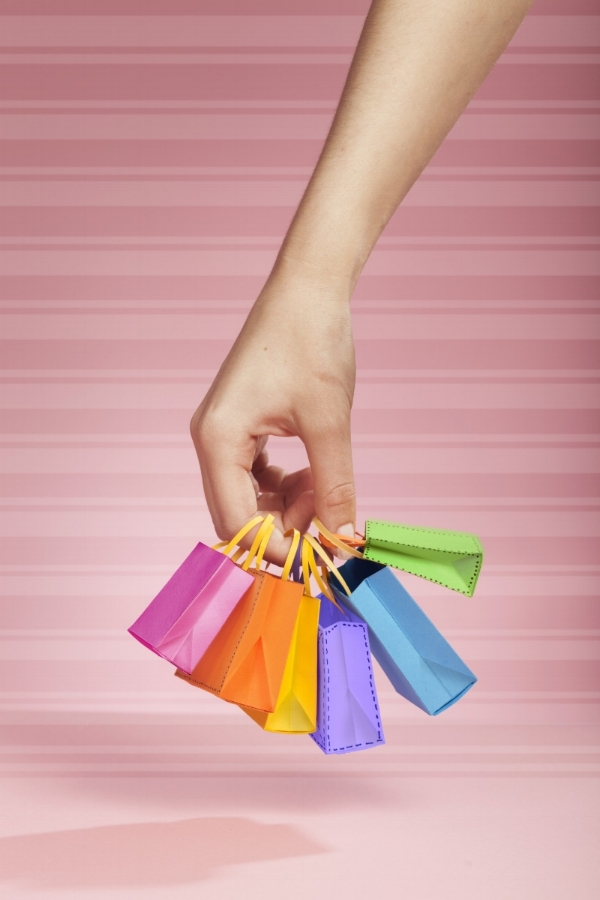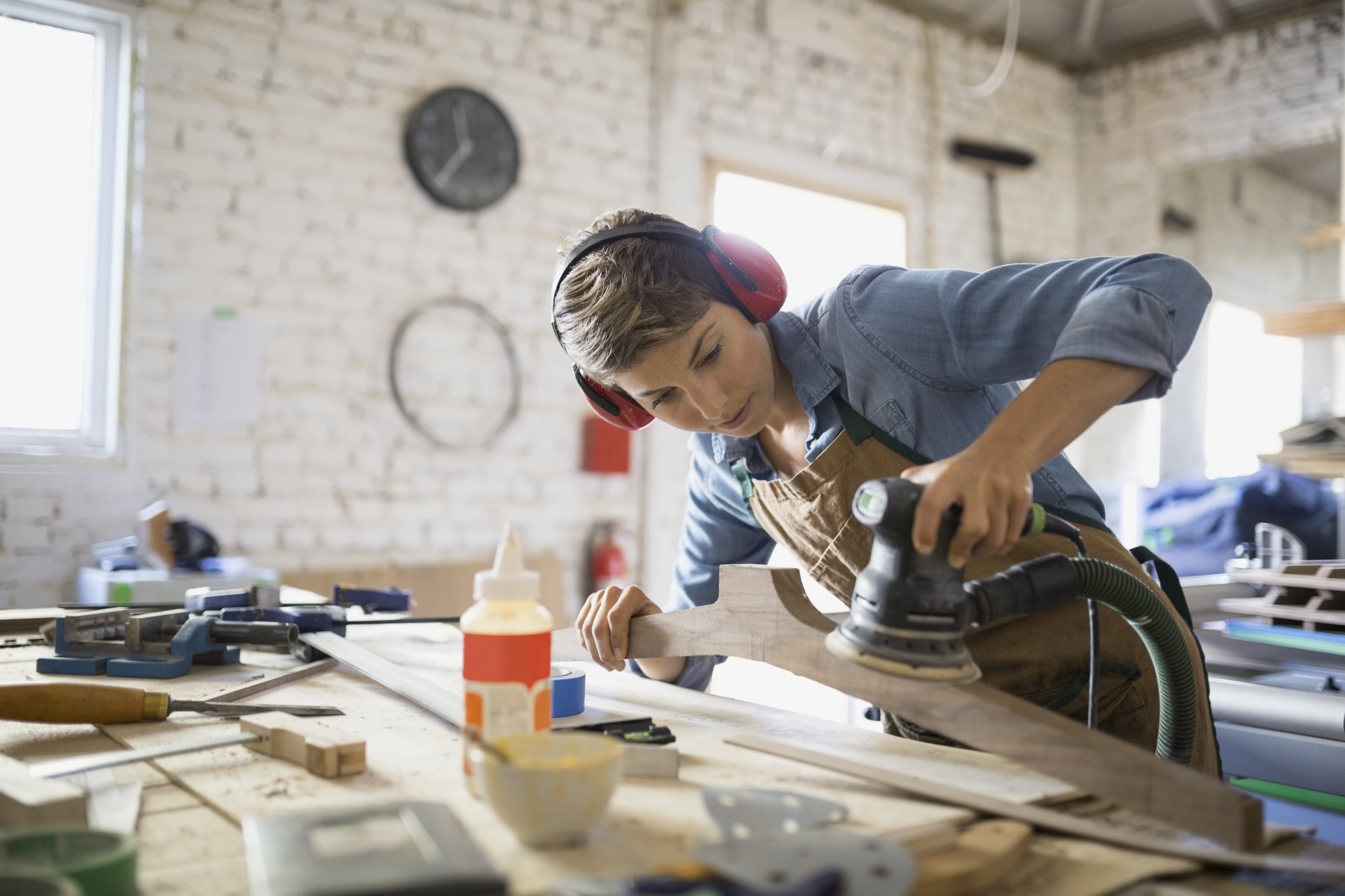At most events, one of the primary goals is to have everything done and perfect before the audience arrives. Now, many event planners are turning this idea upside-down. The new trend is to have the audience watch as key parts of the set are completed on the spot. Of course, this doesn't refer to having your guests watch men in overalls and scaffolds hammer plywood panels together! Instead, it's done by having live art demonstrations as part of the exhibition. In these, actual professional artists draw murals and other artworks during the events. Many are fascinated to be able to see the process as it unfolds.
Several variations on this idea have taken place over the last few months. Here are a few that may bring you inspiration:
The Discovery Venice Consumer Pop-Up Preview Event
Here, a surfboard artist was brought in to paint boards as people waited. Fitness gurus Gabby Reece and Laird Hamilton hosted the preview event, which surely made the early guests want to come back to see the full exhibition.
Outward Bound National Benefit Dinner
Who needs candid photography when you can have an artist sketch out key scenes of your event as they happen? That's what was done at this non-profit event, where artist Michael Arthur sketched on a visible screen as presenters talked.
3 Days in Miami Festival
Put on by Red Bull Sound Select, this event featured an artist who drew both posters and portrait pins on the spot. These were handed out for patrons to take home as souvenirs. The unique nature of such mementos will surely keep Red Bull in guests' minds for years to come.
Keep a Child Alive's 13th Annual Black Ball
This charity ball celebrated the spirit of the AIDS activism of the 80s with events including a live art installation by British artist Shantell Martin.
Choosing an Artist for Your Event
In order to be successful at a live installation, an artist must be able to work fast and tune out distractions. To ensure that everything goes without a hitch, be sure to ask your preferred artist if he or she can work under these specific conditions. Of course, you should also make sure all of the details are known and settled, such as: What will be drawn, what style of art you'll get, and similar aspects. This way, you can be sure that the results will match the brand image you want to portray.
For a great venue for your next event in Miami, try Soho Studios. We have 70,000 square feet of space that can be configured for almost any event. You won't have any trouble fitting a large enough canvas inside for your live art displays!











